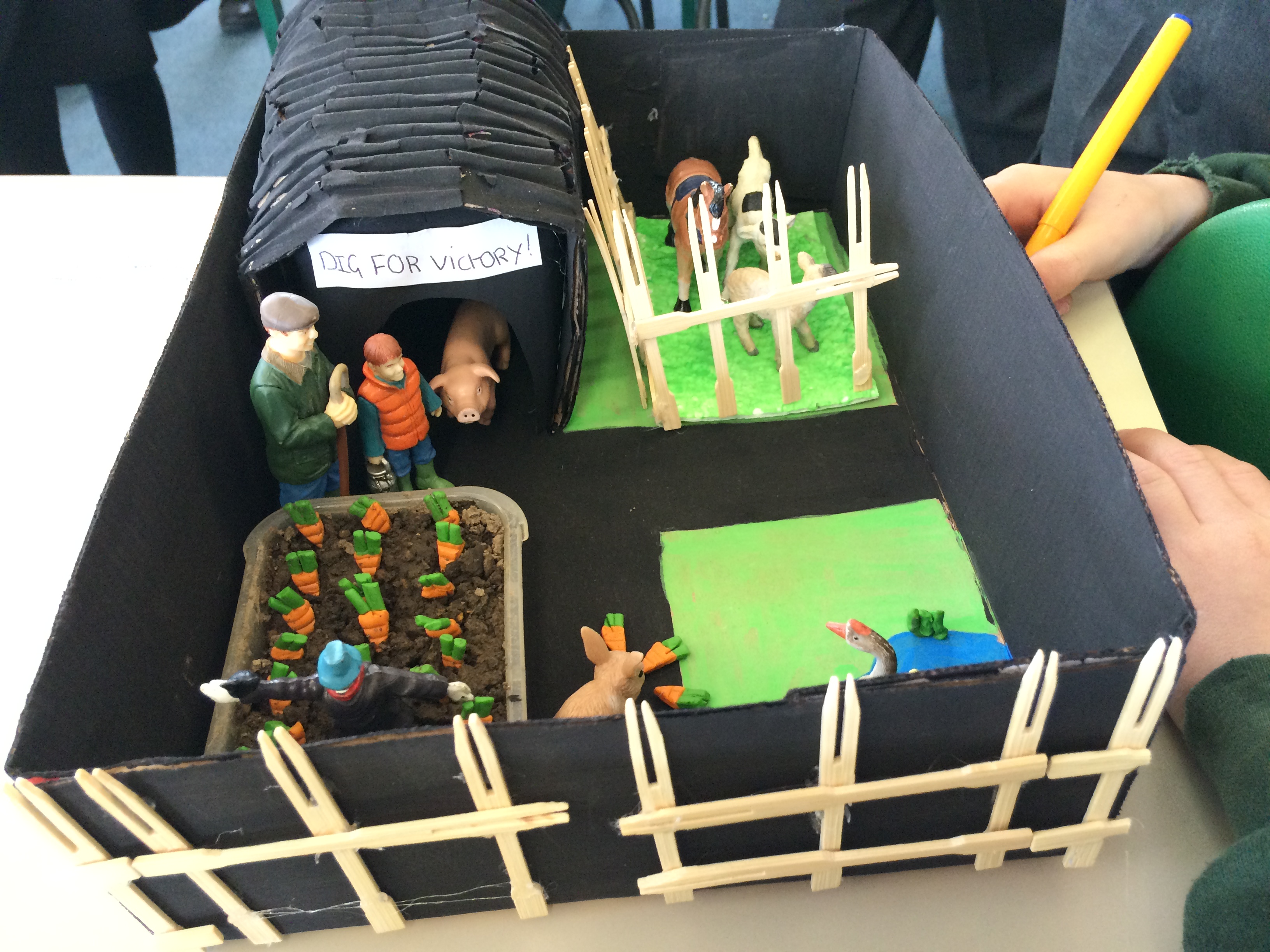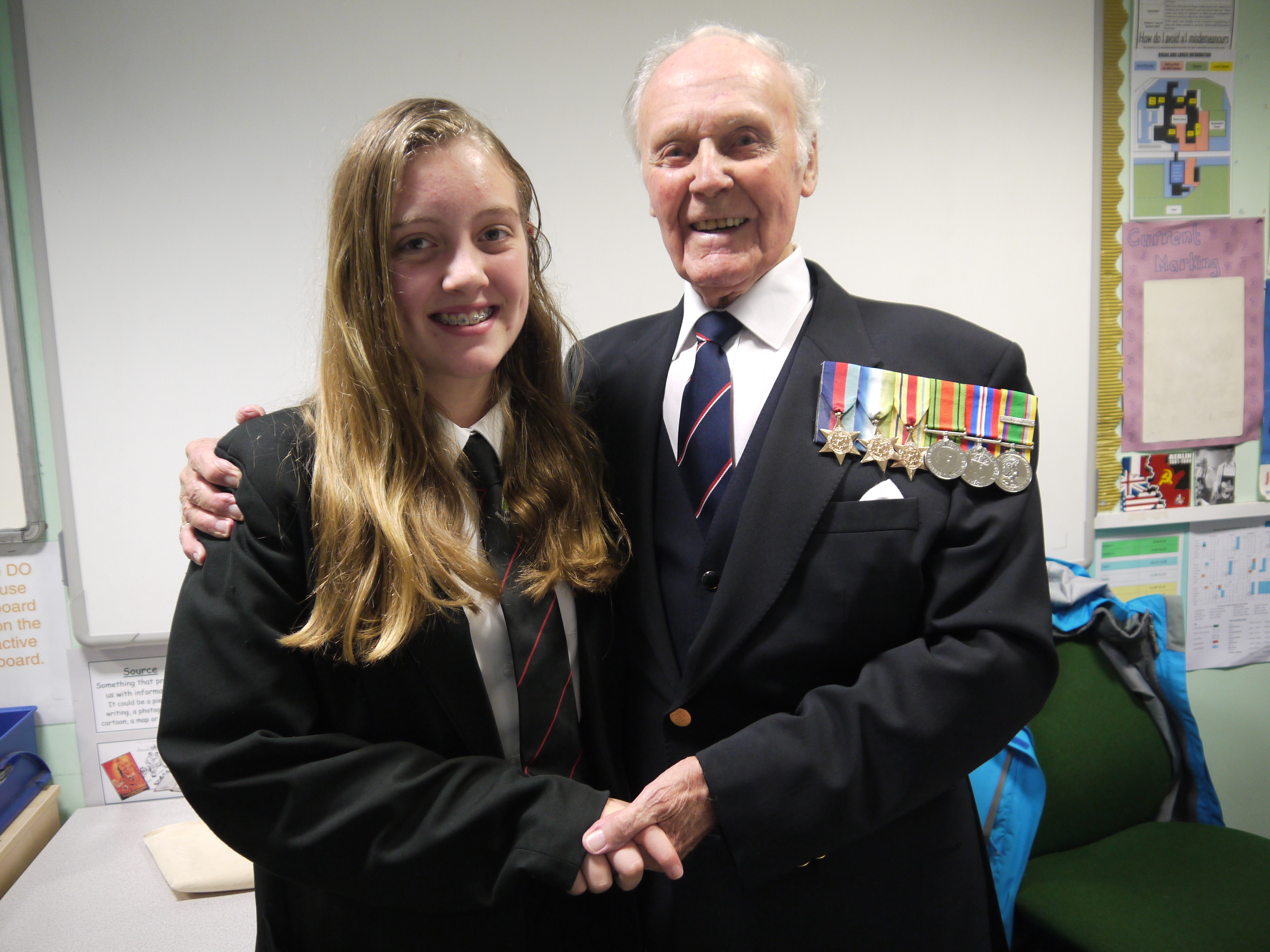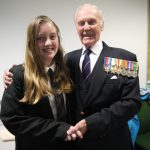Introducing our second speaker to World Wars Day tomorrow: Dr Juliette Pattinson, who is speaking about the First Aid Nursing Yeomanry.
The First Aid Nursing Yeomanry is today the only all-female military unit in Britain, all other women’s units having been absorbed into their male counterpart. Formed in 1907, it was one of the earliest women’s organisations to be formed, remains the world’s longest-running organisation for women, was the first quasi-military female force, the first to wear military uniform as well as the first to adopt khaki, was the first to prepare for war service and was a forerunner of the many uniformed women’s organisations that proliferated in the two world wars. With the onslaught of the First World War, during which time a large number of organisations formed to enable women to contribute to the war effort, the FANY was the first women’s military organisation to have a presence in Belgium before it fell, the first to staff a regimental first aid post near the front line, the first women’s ambulance convoy to drive in Northern France for the British Army as well as the Belgian and French armies, the only British unit to be sworn in as soldats of the Belgian army and were the most decorated women’s Corps of the war. As one British soldier noted their acronym stood for ‘First ANYwhere.’ In this talk, Dr Juliette Pattinson will examine the context in which the Corps was formed, its membership and its First World War service.
Juliette is Head of the School of History at the University of Kent. She is the author of a number of books including Behind Enemy Lines (an oral history of SOE agents in Nazi-occupied France) and Men in Reserve (an oral history study of the reserved occupations) and has appeared on British, Australian, Indian and American television and radio.










 tect Creative Media is working with Eastbourne PALS on this Heritage Lottery funded WW1 project where a class of Year 8 students from St Catherine’s College, Eastbourne, formerly the Bishop Bell School, are honouring and respecting the memory and the sacrifice of these brave Sussex men.
tect Creative Media is working with Eastbourne PALS on this Heritage Lottery funded WW1 project where a class of Year 8 students from St Catherine’s College, Eastbourne, formerly the Bishop Bell School, are honouring and respecting the memory and the sacrifice of these brave Sussex men.